I will explain how to swap tokens between different blockchains. Transferring assets between different blockchains can be difficult. However, with proper solutions and services, it can be done easily and safely.
This article will explain the methods, services, and best practices to streamline cross-chain token swaps for better liquidity and maximizing DeFi opportunities.
What Are Cross-Chain Token Swaps?
Cross-chain token swaps help users exchange cryptocurrencies from different blockchains without the need of centralized exchanges.
Unlike regular swaps which are done on the same blockchain, cross-chain swaps are done using sophisticated protocols and smart contracts, and sometimes wrapped tokens, to allow for seamless transfers.
This improves the interoperability between blockchains, providing users with enhanced liquidity, decentralized finance (DeFi) options, and improved flexibility.
Cross-chain swaps eliminate intermediaries which results to faster, more secure and cheaper transfers of digital assets across different ecosystems.
How To Swap Tokens Across Blockchains
Example: How To Swap Tokens Across Blockchains Using Synapse Protocol
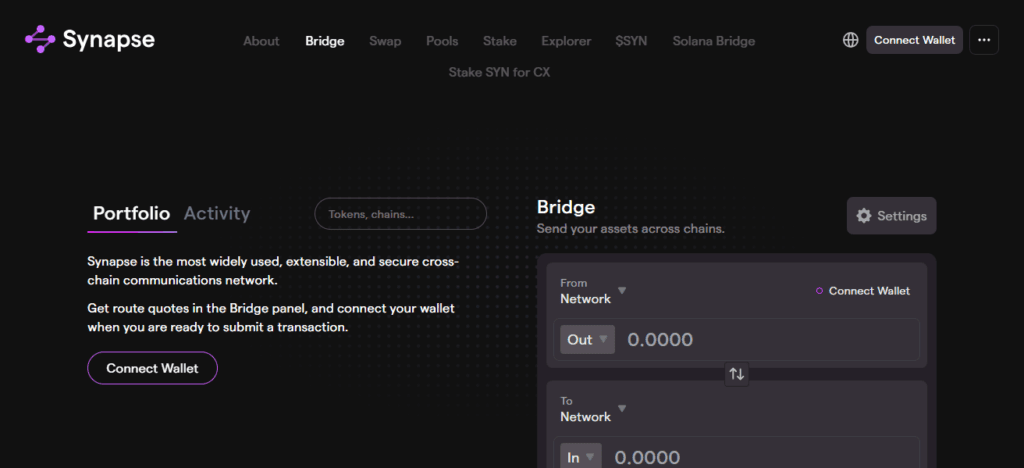
Starting With Synapse Protocol
Launch an interface to the Synapse Protocol through this link.
MetaMask Wallet Integration
Upon providing permission, try to connect to a wallet with MetaMask or Trust Wallet.
Token Selection on Source Network
Consider the blockchain and token that you wish to swap from, such as USDC on Ethereum.
Network Selection of the Output Token
Pick the target blockchain, such as Avalanche, and confirm the output token.
Transaction Confirmation
Change gas fees, slippage, and check other details of the transaction.
Final Steps Of The Transaction
Your new tokens will be on a new blockchain in a matter of minutes.
Popular Cross-Chain Swap Platforms
1. Thorchain
Thorchain is a pioneering protocol focused on providing decentralized liquidity for cross-chain swaps. Unlike many other bridges, it does not use wrapped assets, but allows for direct exchanges of native tokens across chains.
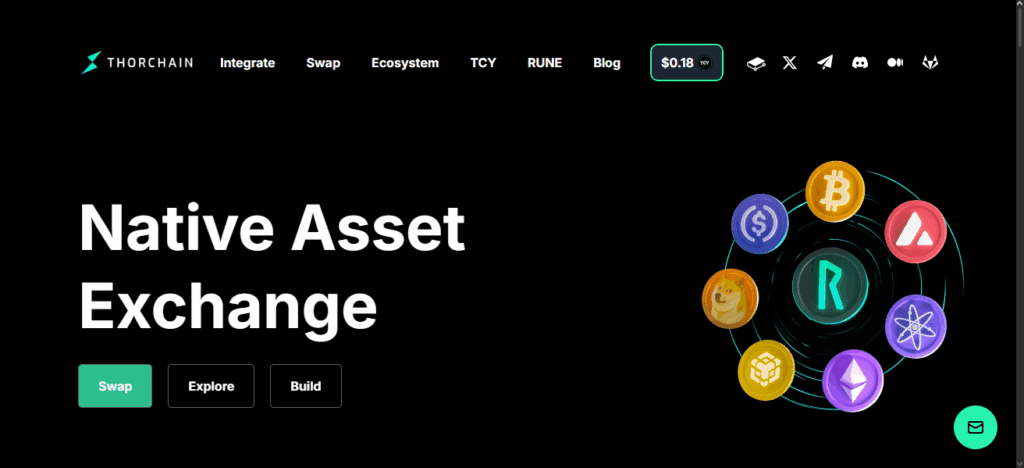
Users can swap Bitcoin, Ethereum, BNB and many more without intermediaries. Users can swap native Bitcoin, Ethereum, BNB and many more without any centralized intermediaries.
RUNE, Thorchain’s native token, powers the network by securing it and providing liquidity incentives. It is perfect for users who want completely decentralized swaps.
2. Across Protocol
Across Protocol is a cross-chain bridging protocol that focuses on bridging across chains at the lowest price and in the shortest. It uses a unique relayer-based system that enables users to complete transactions in minutes.
It supports Ethereum, Arbitrum, Optimism, and Polygon, and is reliable for stablecoin and DeFi token transfers.

Its design balances risk and security, making it an ideal solution for users who frequently need to transfer across chains.
3. Stargate Finance
Stargate is a state-of-the-art liquidity transport protocol compliant with LayerZero. Stargate permits swaps of native assets across chains without the associated challenge of wrapped tokens.
Users can instantly transfer stablecoins and other assets with deep liquidity pools and minimal slippage.
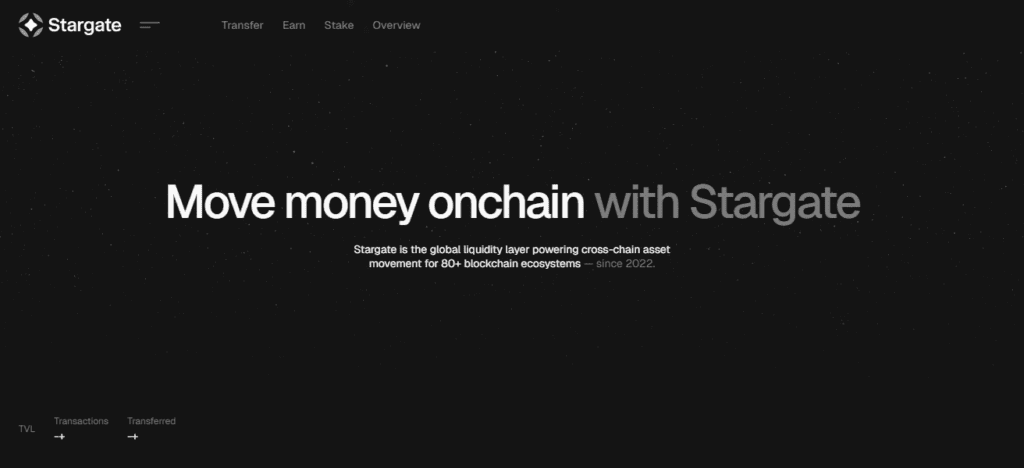
Stargate is connected with key DeFi services which allows developers and traders to access true cross-chain interoperability without sacrificing security and ease of usage.
4. Celer cBridge
Celer’s cBridge enables fast and inexpensive cross-chain token transfers for over 40 blockchains and layer 2s. Using state-of-the-art technology, cBridge offers instantaneous finality and minimal fees.
With its versatile interface, cBridge is highly accessible to both retail users and developers looking to add cross-chain functionality.
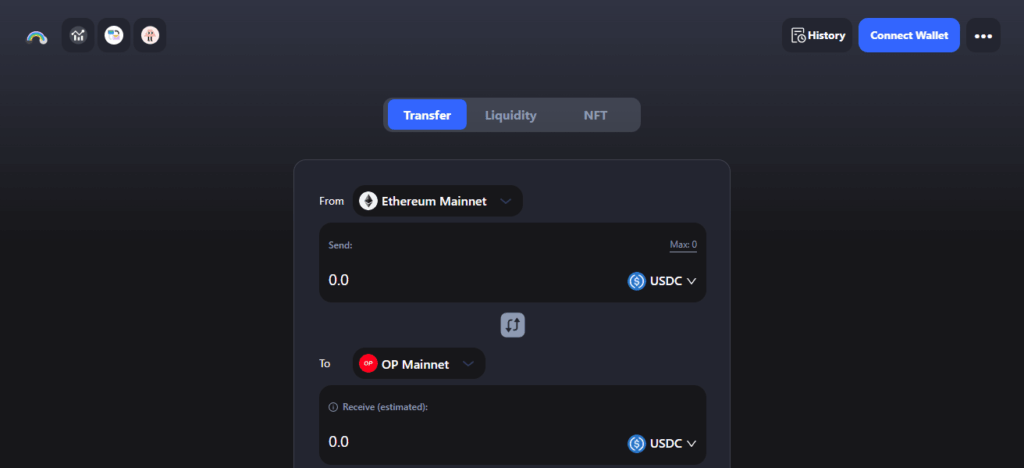
Its expanding ecosystem and solid developer support make it a dependable choice for effortless cross-chain token transfers.
How Cross-Chain Swaps Work
Use of Bridges, DEXs, and Protocols
Bridges and DEXs connect blockchains for token swaps, thereby spreading liquidity to and enhancing access to numerous ecosystems.
Smart Contracts Ensuring Security
Smart contracts enable trustless swaps by locking tokens on one chain and releasing matching assets on another, thus preventing fraud.
Role of Wrapped Tokens in Swaps
Wrapped tokens let users bridge an asset from another blockchain and trade on networks that do not support the original token.
Methods To Swap Tokens Across Blockchains
Cross-chain Bridges: Transferring tokens across different networks by linking blockchains.
DEX Aggregators: Accessing multiple DEXs to get the best prices for token swaps.
Centralized Exchanges (CEXs): Manual token conversion on a single platform with multiple blockchain networks.
Things To Consider Before Swapping
Time Taken for Confirmation
Swapping across chains may take anywhere from a few minutes to several hours depending on network conditions on the blockchains involved.
Network Fees and Slippage
Transcation and slippage (price gap during a swap) fees should be monitored.
Security Risks of Bridges and DEXs
Bridges and DEXs may be prone to losing funds through hacks and always should be used with proper vetting.
Supported Blockchains and Token Compatibility
Make sure both your source and destination blockchains and tokens to swap are supported on the platform.
Security Best Practices
Always Verify a Platform’s Authenticity: Search for official URLs and social media and community channels for confirmation to make sure the platform is genuine and not a scam.
Do Not Use Phishing Sites Or Fake Applications: Do not open links or apps that you have not vetted personally as attackers can take cryptographic keys and funds.
Use Hardware Wallets for Enhanced Security: Tokens kept offline in hardware wallets have increased protection against hacks and unauthorized access.
Take a “Test and Learn”” Approach: Start with Lower Amounts: For swaps avoid negligible funds to minimize losses that could result from lapses or delays in processes.
Conclusion
To sum up Cross chain Token Swaps open new possibilities by allowing transactions on different blockchains without any hassle.
Through the use of bridges, Dexs, or Centralized exchanges, the users are able to tap into much deeper liquidity and DeFi opportunities.
Always remember to check find the safest option. Take things slow. Prioritizes security. Opt for less risky options first.
With the proper planning and reliable platforms, legitimacy and safety of transferring tokens across the blockchains increases, efficiency provided and thus serves as a useful tool to the crypto-user.
FAQ
It’s exchanging cryptocurrencies between different blockchains without using centralized exchanges.
Yes, if using audited bridges, trusted DEXs, and verified platforms.
Tokens representing assets from another blockchain, enabling compatibility and trading across networks.
Popular platforms include Synapse, Multichain, Thorchain, Stargate, Across, and Celer cBridge.
It depends on network congestion but typically ranges from a few minutes to an hour.











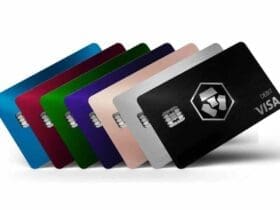



Leave a Reply